 Your attitude is your state of mind. It’s also the way in which you respond to situations and to other people.
Your attitude is your state of mind. It’s also the way in which you respond to situations and to other people.
The attitude which you hold at any given moment will determine your thoughts. Your thoughts give rise to your feelings, and your feelings drive your behavior. In addition, your attitude sets the tone for your encounters with others. Fortunately, your attitude is always within your control.
In his book, “How to Make People Like You in 90 Seconds or Less”, Nicholas Boothman indicates that you should cultivate something which he calls a “Really Useful Attitude” (RUA). You cultivate a RUA by following a two-step process:
- Identify what you want;
- Choose the attitude that is most likely to help you get it.
The opposite of a RUA is a Really Useless Attitude. A Really Useless Attitude will interfere with your ability to get what you want.
There’s more on this below.
An Example of the Power of Your Attitude
As an example of how your attitude can determine whether or not you’ll get what you want, suppose that you’re going to take a trip to visit some friends who live in New York City. You’re looking forward to spending time with your friends, and you love New York, but you dislike air travel. Nonetheless, you decide to set the objective of having a pleasant flight.
When you arrive at the airport the line at the ticket counter is really long, and the lady behind the counter looks stressed and tired. As your turn approaches you ask yourself what would be the best attitude which you could adopt in order to have a positive interaction with the ticket counter lady. Two possible choices are the following:
- Compassion
- Gratitude
That is, you could decide to feel compassion for her since she’s obviously having a hard time dealing with the long line of impatient passengers. In addition, you could decide to feel gratitude for the fact that you get to take a trip to New York City and see your friends. Or you could show both compassion and gratitude.
By showing compassion and gratitude as you approach the lady at the ticket counter you improve your chances of having a positive interaction with her, which would contribute to your objective of having a pleasant flight. Therefore, the attitudes of compassion and gratitude are RUAs.
Another option is to get angry–you’ve been waiting in line for a long time–, and becoming sarcastic (“This airline sure does offer quick service”.) Getting angry and employing sarcasm would be Really Useless Attitudes because they would probably result in a negative interaction with the ticket counter lady, which would not be in line with your objective of having a pleasant flight.
List of Really Useful Attitudes
Here’s a list of RUAs offered by Boothman:
- Warm
- Enthusiastic
- Confident
- Supportive
- Relaxed
- Obliging
- Curious
- Resourceful
- Comfortable
- Helpful
- Engaging
- Laid back
- Patient
- Welcoming
- Cheery
- Interested
List of Really Useless Attitudes
In addition, here’s a list which Boothman provides of Really Useless Attitudes:
- Angry
- Sarcastic
- Impatient
- Bored
- Disrespectful
- Conceited
- Pessimistic
- Anxious
- Rude
- Suspicious
- Vengeful
- Afraid
- Self-conscious
- Mocking
- Embarrassed
- Dutiful
Two More Examples
Two more examples of how attitude influences goal attainment are the following:
One. The goal or objective of a salesperson is to get sales. A bored and disrespectful salesperson is unlikely to sell much. Since being bored and disrespectful are not furthering the salesperson’s goal of getting sales, these are Really Useless Attitudes.
On the other hand, an enthusiastic and helpful salesperson is likely to get lots of sales. Since being enthusiastic and helpful is allowing this salesperson to achieve her objective of making sales, they’re RUAs.
Two. If you’re involved in a conflict with someone, and your goal is to put an end to the conflict, you would do well to adopt the attitudes of being curious and resourceful.
- Be curious as to why the other person feels as they do, and what the situation looks like from their point of view.
- Be resourceful in coming up with different alternatives to resolve the conflict.
Curious and resourceful are RUAs because by adopting these attitudes it’s very likely that you’ll achieve your goal of putting an end to the conflict.
If you choose, instead, to be rude and mocking that would probably make the conflict escalate. That is, rude and mocking are Really Useless Attitudes; adopting these attitudes would make it almost impossible to achieve your goal of ending the conflict.
Conclusion
To sum up, your attitude should always align with what you’re trying to achieve. The attitudes which allow you to achieve your goals are RUAs. The attitudes which work against the attainment of your goals are Really Useless Attitudes. Get what you want by continuously adopting RUAs.


Related Posts:
1. Three Superb Exercises For Boosting Your Self-Esteem
2. 50 Quotes on Letting Go of the Past
3. 99 Powerful Questions to Ask to Turbocharge Your Life
4. Seven Ways to Overcome Inertia and Get Yourself Unstuck
5. How to Write a Personal Manifesto
Did you enjoy this article? Subscribe to “Daring to Live Fully” by clicking here and get free updates.

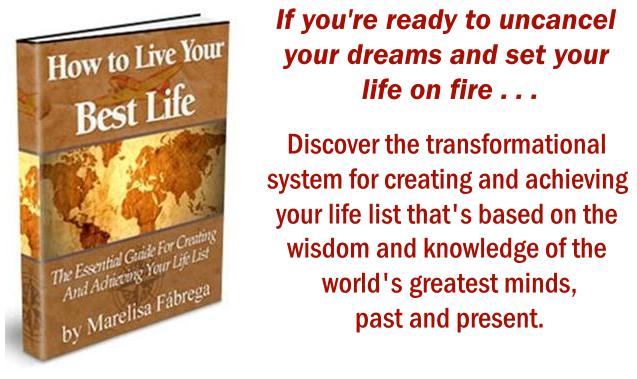
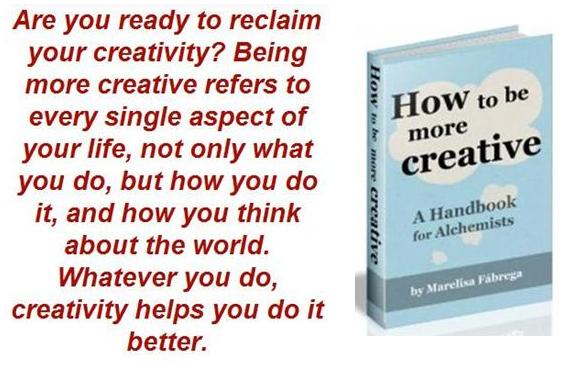

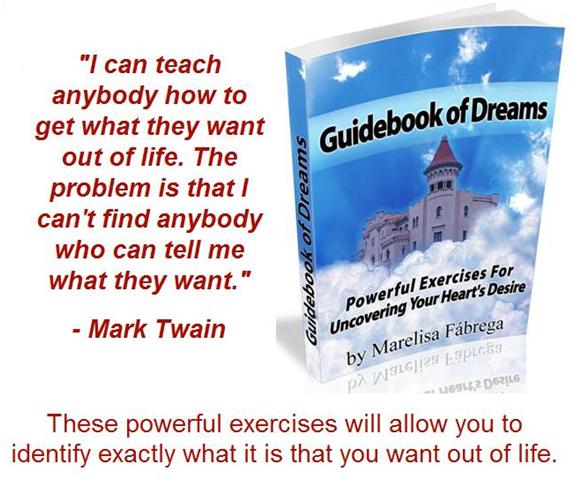


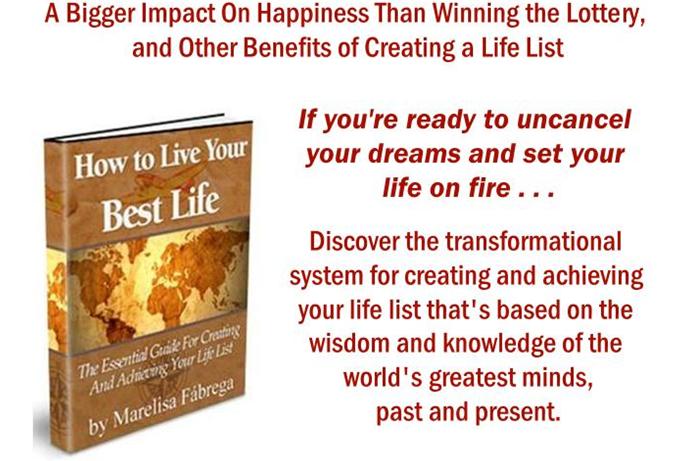
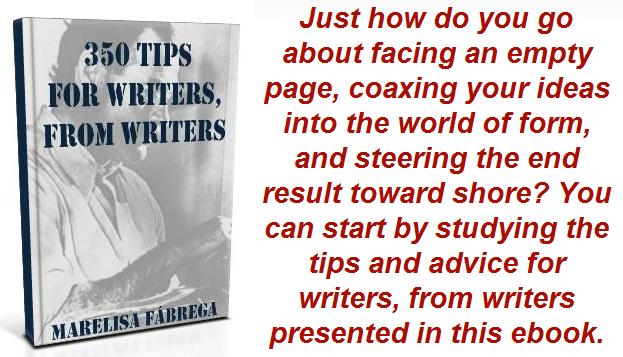
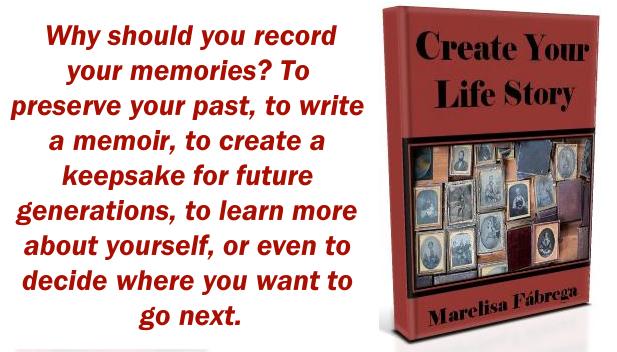













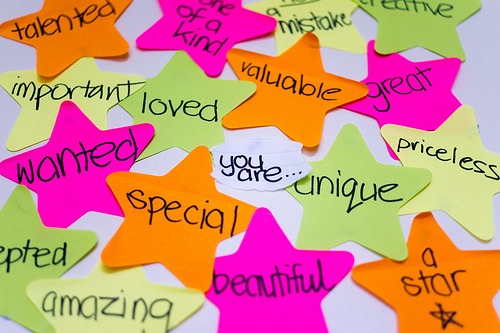
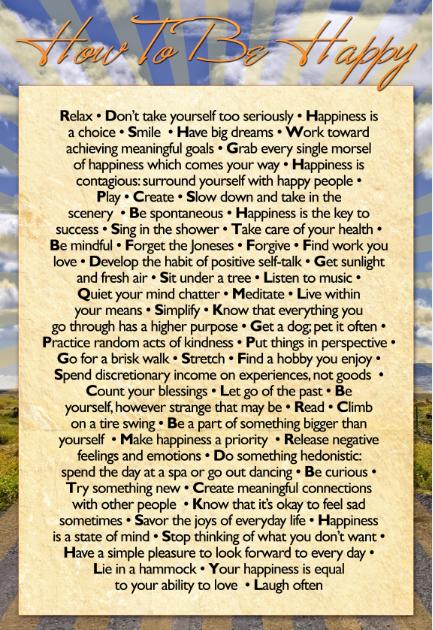

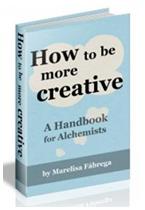
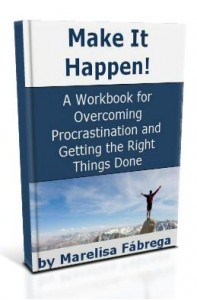






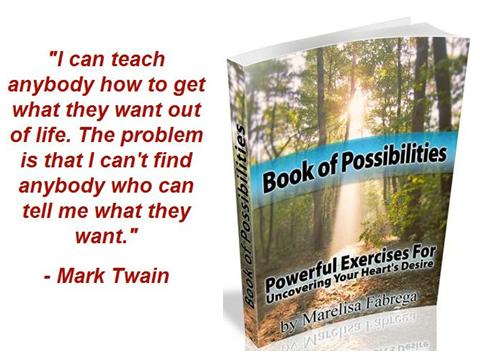


 Marelisa Fabrega is a lawyer and entrepreneur. She holds a Bachelor of Science in Business Administration from Georgetown University in Washington, D.C., as well as a Juris Doctor from the Georgetown University Law Center. You can learn more about her
Marelisa Fabrega is a lawyer and entrepreneur. She holds a Bachelor of Science in Business Administration from Georgetown University in Washington, D.C., as well as a Juris Doctor from the Georgetown University Law Center. You can learn more about her 





